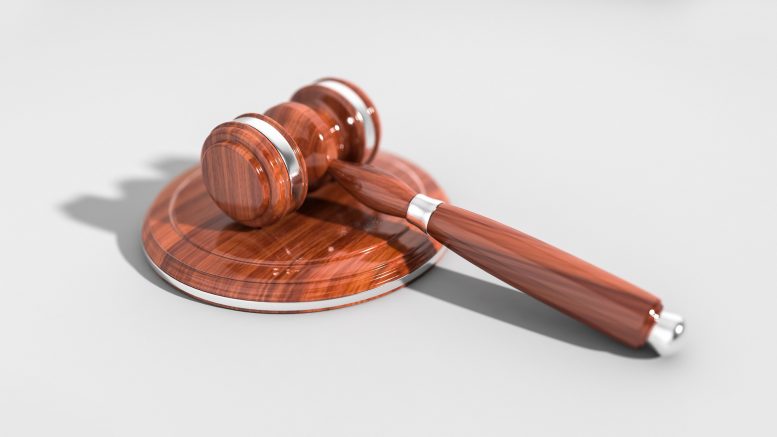America’s judicial system has reached a boiling point. Most Americans have become disillusioned with the courts and have no confidence in them. In fact, in a poll by Willow Research, only one-third of respondents said they trusted the courts to make the right decisions. Two-thirds say the court has become too political, and half of them say that “court decisions should reflect public opinion.” The brunt of the public’s frustration is directed towards the Supreme Court because it represents America’s entire judicial system, and it has the final word on many issues important to them. What has caused this rift between the American public and the judiciary? Is this level of mistrust unprecedented? What, if anything, can be done to fix it?
This degree of distrust in the Supreme Court is virtually unprecedented. This is largely because the Supreme Court has made many unpopular decisions in a short span of time, the straw that broke the camel’s back being the overturning of Roe v. Wade. Six out of every ten adults in the U.S. oppose the illegalization of abortion, and the Supreme Court went ahead and overturned abortion protections, anyway. An outpouring of rage over the decision continues, even though it has been months since the landmark decision.
Another factor exacerbating the court’s divisiveness is the justices’ apparent indifference towards it. Chief Justice John Roberts maintains that the backlash the Supreme Court is facing is normal and comes after every controversial decision made by it. He says there will always be a rift between the Court and its critics. However, much of the American public still thinks that the Supreme Court is ineffective at its job if it does not cater to the needs of American citizens. But what exactly is the job of the Supreme Court?
To answer this question, one must go back to the time of the Founding Fathers and the vision they had for the government of this nation. They intended for the legislative branch (Congress) to create laws, the executive branch (President and bureaucracy) to enforce laws, and the judicial branch (Court system) to interpret laws. Just as the law should not bend at the will of the people, neither should the judges’ interpretation of the law. Wherever there is a decision in a highly controversial case, there will always be people who disagree with the outcome. Such is the nature of any country with diverse ideological perspectives like ours.
This issue is ultimately dualistic—some think the role of the Supreme Court should be to interpret laws in the interest of the public, while others suggest that the law is above the public’s criticism and judges should not be afraid to interpret it the proper way. This debate is unlikely to resolve soon, and there does not seem to be an end in sight.






Be the first to comment on "Supreme Court Mistrust: The Complete Breakdown"